Brushing our teeth is something that we all (hopefully) do at least twice a day. For some, cleaning our teeth is a matter of hygiene, and it is, but keeping our teeth clean is more than just about appearances and having pearly whites and looking good in photos when we smile.
There are plenty of other health benefits to having clean teeth. For example, did you know that there has been a study that has found a link between bad brushing habits and higher heart risks?
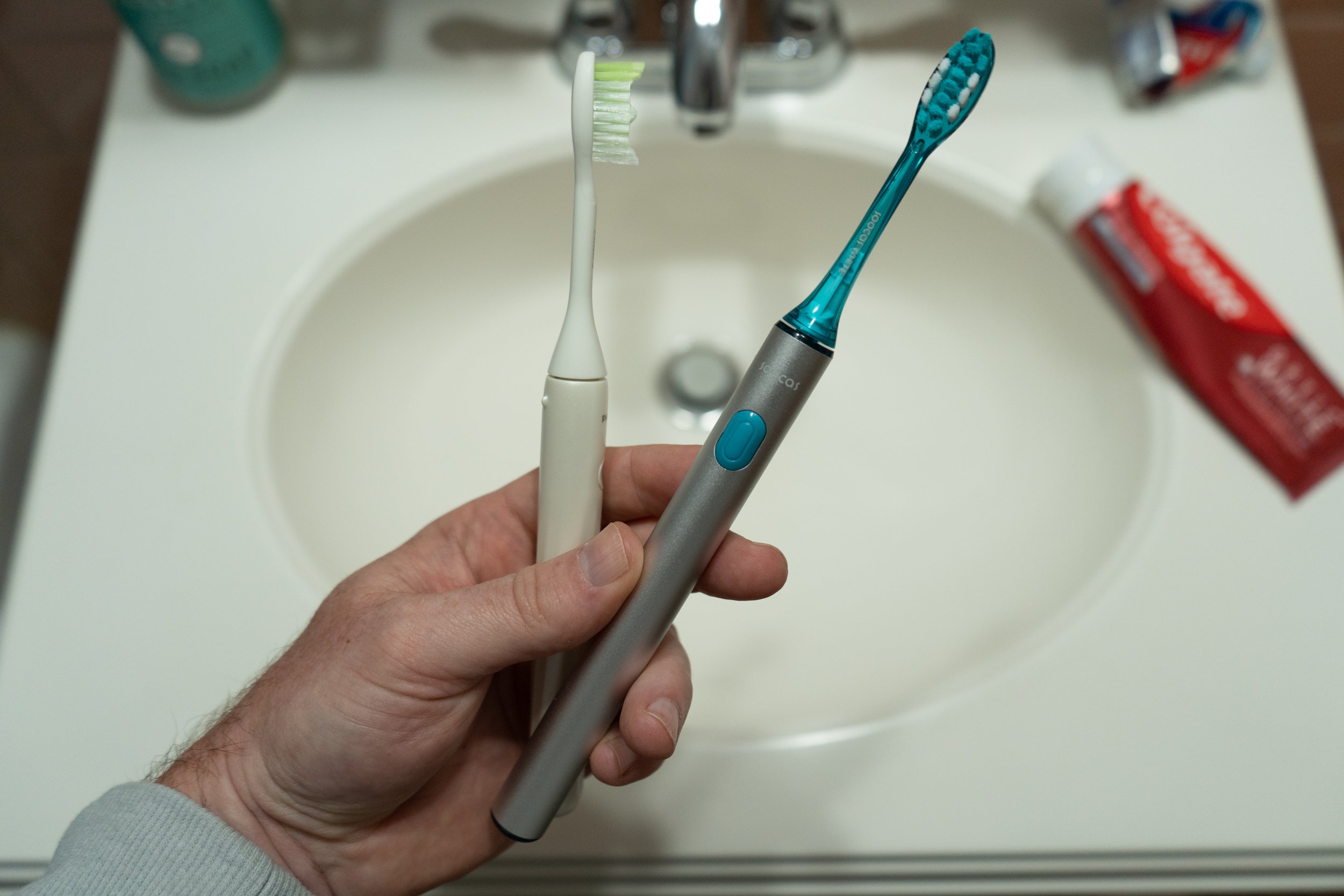 This is why apart from appearances and smell, making sure that you have nice clean teeth is very important. Now, there are many toothbrushes that you can easily pick up from your pharmacy, but if you’re looking to take your teeth cleaning to the next level, upgrading to an electric toothbrush is the next step, and today we’ll be looking at two electric toothbrushes – the Spark by Soocas, and the Philips One.
This is why apart from appearances and smell, making sure that you have nice clean teeth is very important. Now, there are many toothbrushes that you can easily pick up from your pharmacy, but if you’re looking to take your teeth cleaning to the next level, upgrading to an electric toothbrush is the next step, and today we’ll be looking at two electric toothbrushes – the Spark by Soocas, and the Philips One.
Spark by Soocas
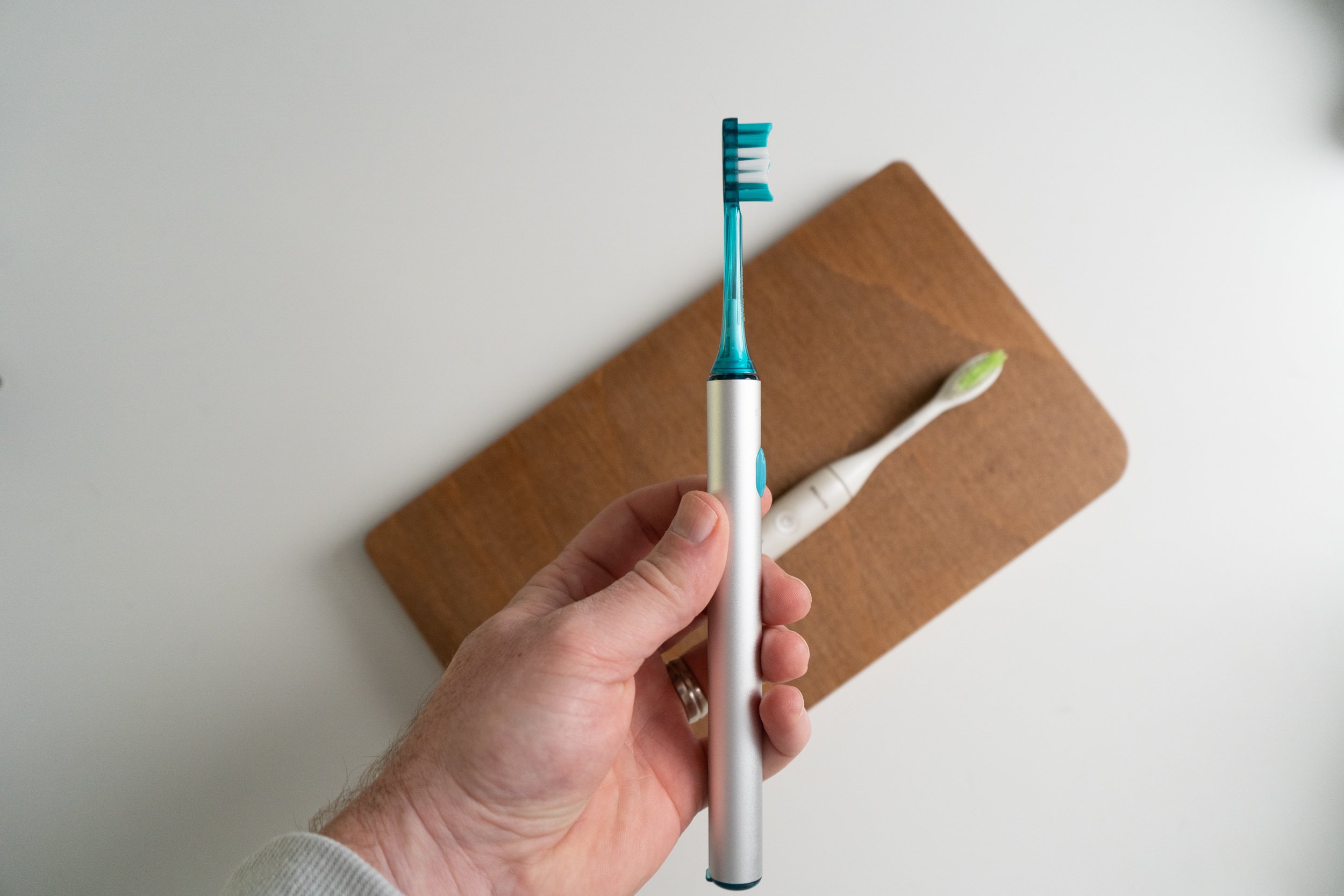
One of the drawbacks of electric toothbrushes is that in general, they can be big and bulky and heavy. For some, this is a dealbreaker, especially if they want to travel with it as it might be hard to fit in your standard toiletry bag.
With the Spark, the company has designed it to be roughly the size of a regular manual toothbrush. This not only keeps it light but also relatively small so that you can bring it with you on the go. It features a 16 mm (0.63 inches) body diameter and weighs only 59.44 grams (0.13 lb), even though it is made with an aluminum alloy body.
It features a transparent design for the head of the toothbrush and there are built-in light indicators that let you know when the battery is low as well as whether the toothbrush is in gentle mode or cleaning mode, which is handy if you want to know what’s going on at a glance. The Spark also has a 30-second zone switch reminder that will vibrate and the ring light will flash, letting you know when to move to a different part of your mouth for more even cleaning.
Soocas has also utilized the Soocas nanomotor for the Spark toothbrush which according to the company, allows it to achieve as many as 30,000 vibrations per minute, more than double that of the competition. The faster vibrations combined with the use of Dupont bristles also mean that the toothbrush will be able to clean more efficiently, removing build-up and other food from your teeth effectively.
Now, seeing as this is a toothbrush and it is bound to get wet, Soocas has ensured that the Spark has a water-resistance rating of IPX8, which once again is higher than the competition where we typically see a rating of IPX7. While IPX7 is usually sufficient, having better water resistance is a good thing, especially when you’re sticking what is essentially an electronic gadget with a battery inside of your mouth.
Speaking of battery, the Spark has a lithium-ion battery that is rated for 40 days of use and only requires 2 hours of charging to bring it back to full. The 40 days of battery is great, especially if you’re traveling and want to ensure that the toothbrush remains operational during your holiday. It also charges using USB-C, which means that it will be compatible with pretty much most chargers and cables that you would use to charge your phone, tablet, or wireless earbuds.
Click here to see more information about Spark on the Soocas official website and Walmart.
Philips One
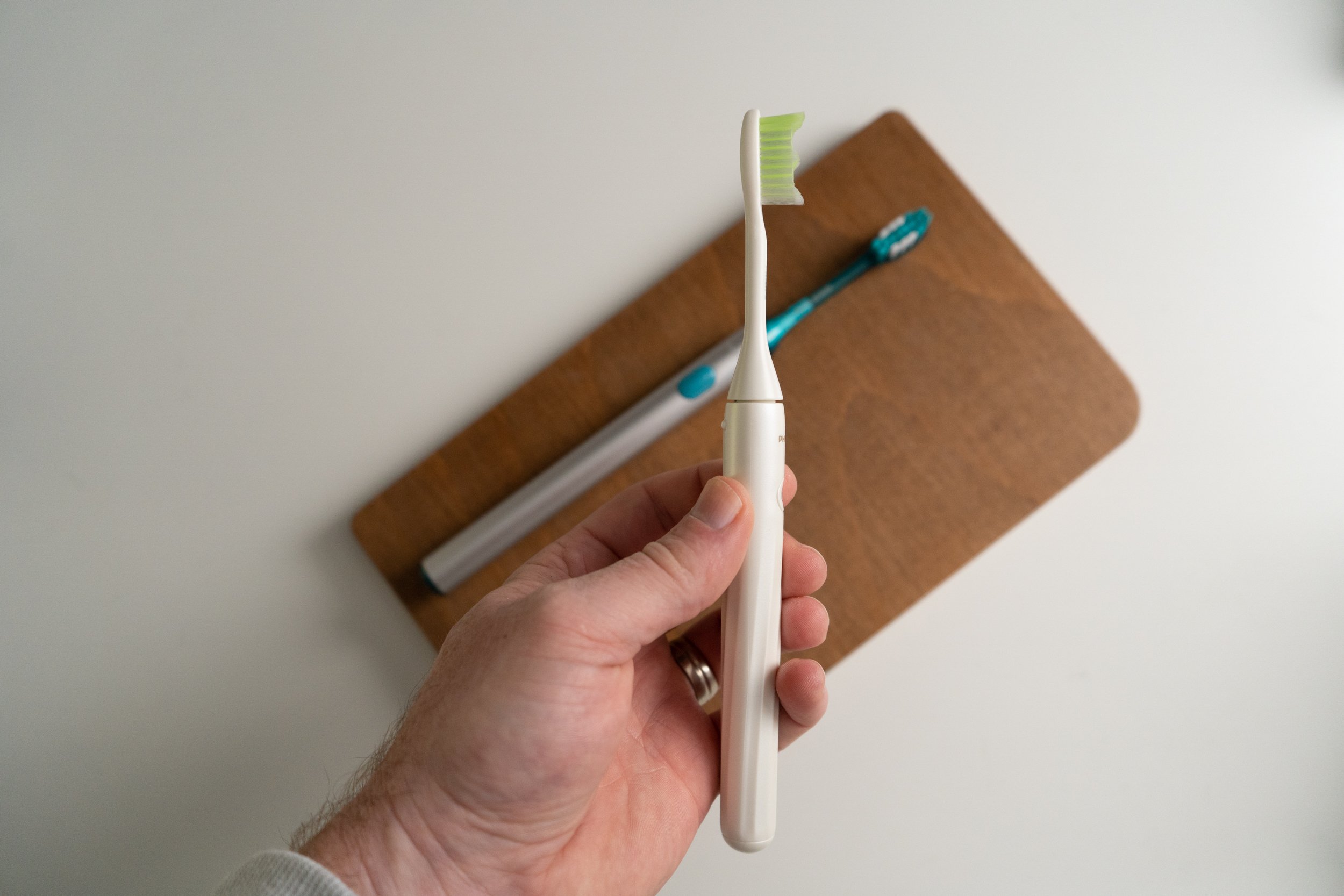
Philips is a popular brand when it comes to consumer electronics, so it’s no surprise that the company has also dove into the electric toothbrush market. In fact, Philips is one of the more popular brands around as they have many models to choose from, but if we’re looking at comparisons to the Spark, the Philips One is probably the closest.
Unlike the Spark, the Philips One is made with a plastic body and is offered in two different variants – one that uses AAA batteries and the other that uses rechargeable NiMH batteries. If you don’t want to bring around spare batteries, the rechargeable one offers users up to 30 days of use and can take up to 8 hours to fully recharge.
It is also more expensive at $39.99 versus the Spark which costs $29.99 and also lasts longer and takes less time to charge.
Philips has opted to use a hollow cup motor for the Philips One that can go up to 13,000 vibrations per minute and is only offered in a single standard mode, unlike the Spark which has soft and cleaning modes to suit the user.
On the brush front, which is obviously the most important component of the toothbrush, the Philips One features bristles made out of nylon filaments. This is standard as far as entry-level brushes are concerned so it’s hard to fault Philips in this regard. It is also IPX7 certified, which once again is also pretty standard, but if you’re concerned about your electronic components getting wet, a higher rating would be ideal.
Similar to the Spark, the Philips One comes with a travel case and an additional brush head so that when your old one wears out, you’ll have another spare ready to go, which we can appreciate.
The Philips One will come with a 30-second zone switch reminder where the toothbrush will vibrate to let users know when to switch.
Conclusion
If we’re looking at a direct comparison between the Spark and the Philips One with a rechargeable battery, at $27.99 (With the early bird discount of 30% off of $39.99) the Spark does seem like a better deal, especially with features like the built-in ring light indicator, faster vibrations, longer-lasting battery life, better quality bristles on the brush head, and better water-resistance.
But if you don’t mind bringing around additional AAA batteries, or if you have many lying around at home, then the battery version of the Philips One actually makes more sense, especially if you value features like extended battery life of up to 90 days and also being able to save a bit of money.

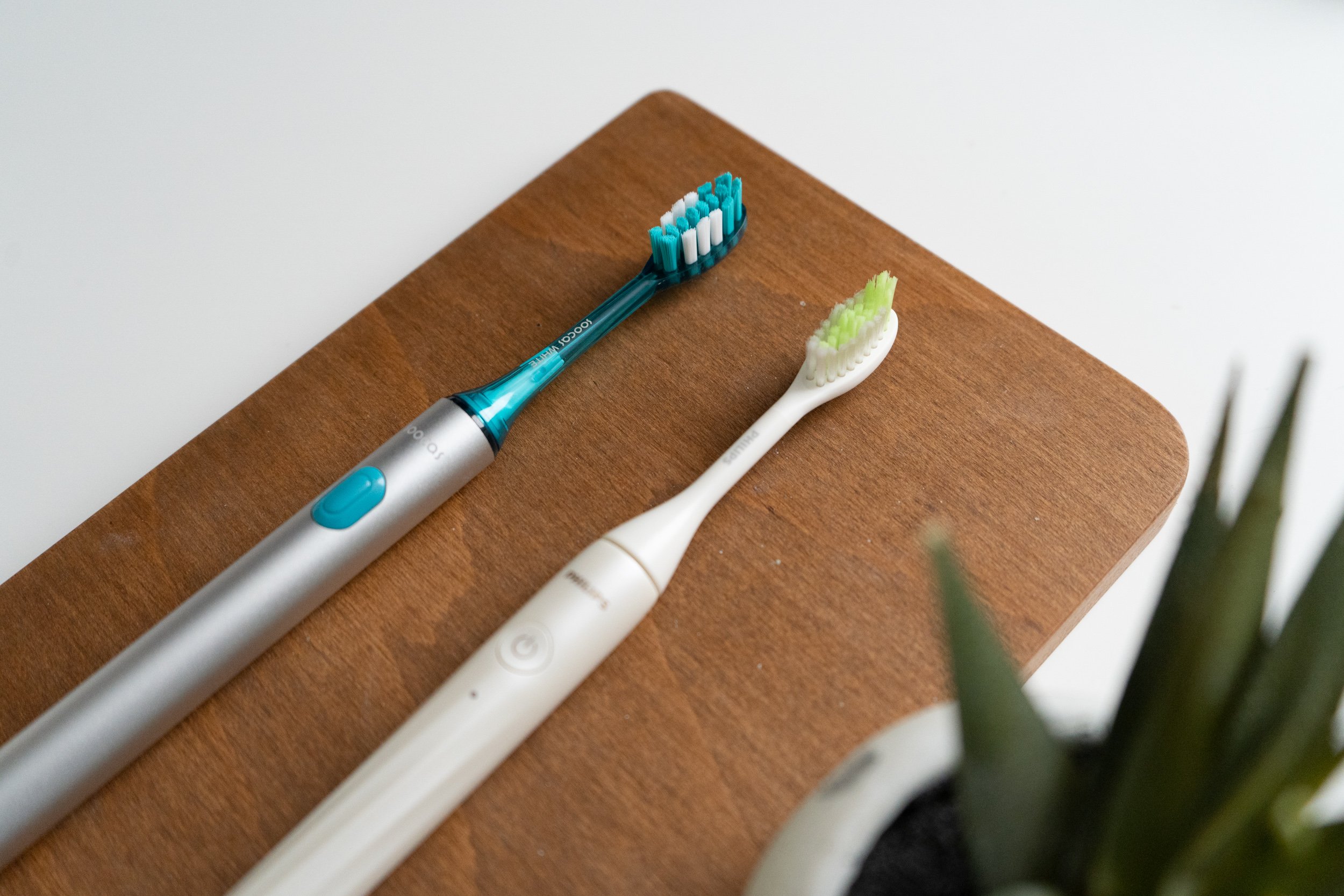




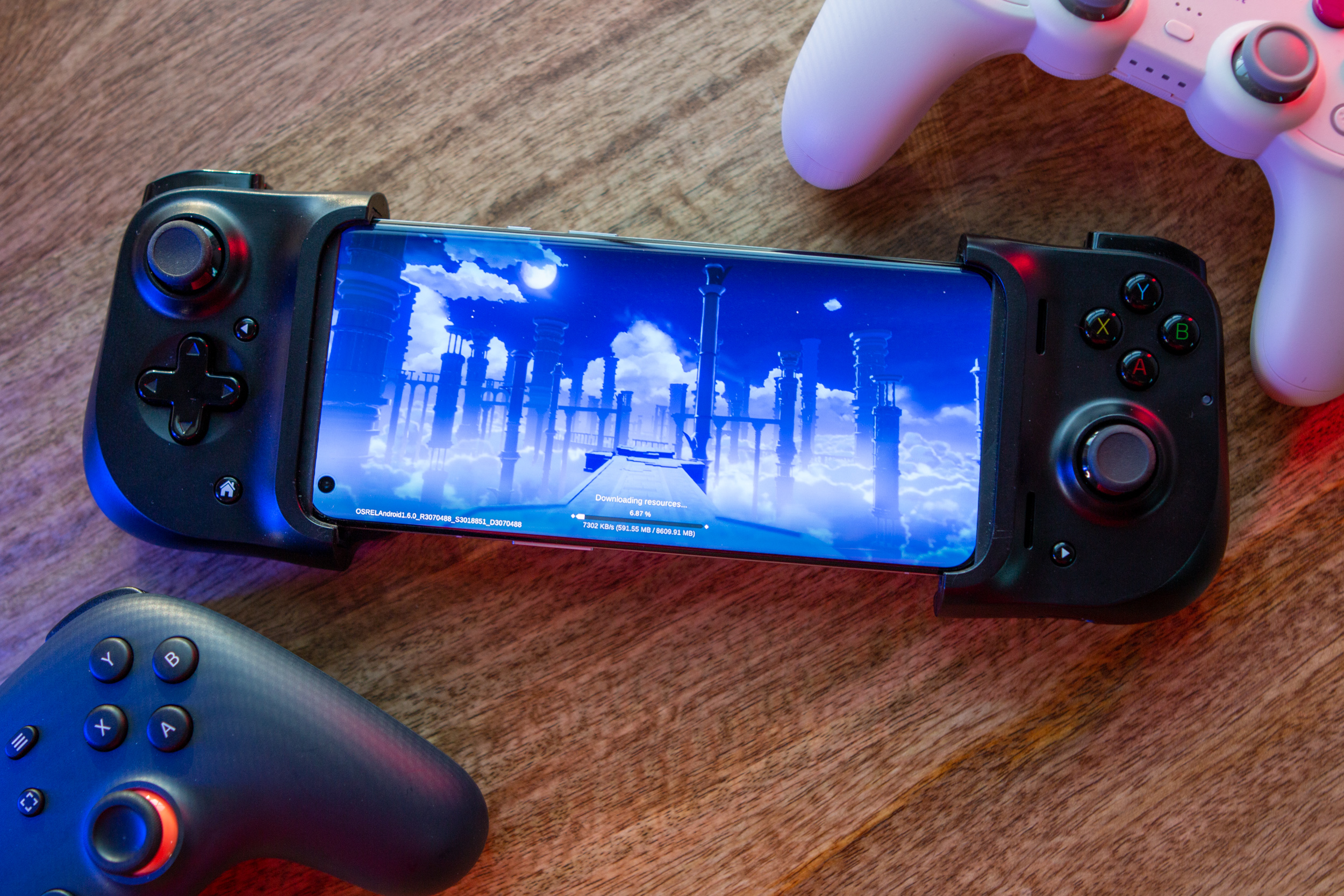

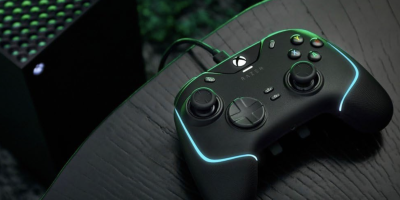

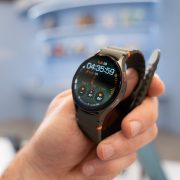
Comments